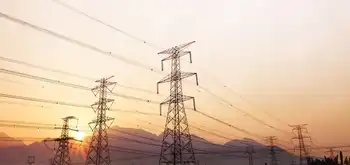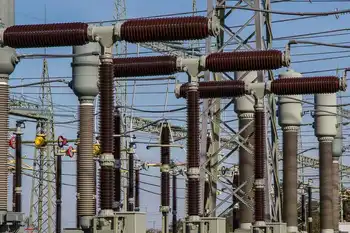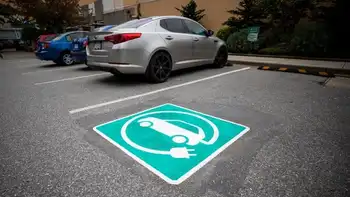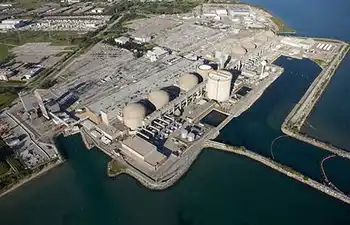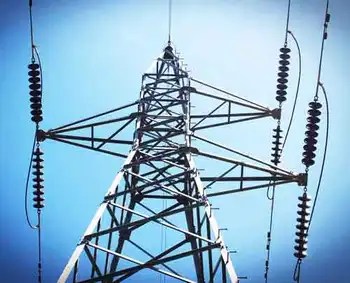EPRI, Entergy validate voltage stability monitoring
By Electricity Forum
Protective Relay Training - Basic
Our customized live online or in‑person group training can be delivered to your staff at your location.

- Live Online
- 12 hours Instructor-led
- Group Training Available
The method promises to overcome limitations of traditional methods that rely primarily on simulation-based methods and promises to help power system operators prevent voltage collapse.
The offline validation was conducted on the western region of EntergyÂ’s power system and demonstrated how voltage instability margins can be calculated in real time using data from selected transmission substations. The calculated voltage stability margins provide important indices for power system operators to monitor and control voltage stability.
“It is extremely challenging to assess voltage stability in a continuously changing electric system,” said Sharma Kolluri, manager, transmission planning at Entergy. “Utilities and system operators need dependable tools to accurately predict voltage stability margins in order to come up with mitigation plans.”
Voltage stability assessment (VSA) is important in helping power system operators anticipate potential system-wide instability problems. Although computer simulation tools are available to help monitor and control system voltage stability, their accuracy depends primarily on computer modeling of generation, load, and transmission facilities.
“As transmission networks operate closer to their limits, maintaining voltage stability is more important than ever,” said Arshad Mansoor, vice president for power delivery and utilization at EPRI. “During conditions of high transmission loading or a power system disturbance, progressive drops in voltage can jeopardize system integrity. If the voltage drops were not corrected, voltage instability could lead to voltage collapse and wide-area blackouts. Having the capability to assess the stability margins online is an important step in improving reliability.”
“The results of the validation study have shown us here at Entergy that this is promising for enhancing the security of our transmission system,” says Sujit Mandal, senior staff engineer at Entergy.
Mansoor also said that this research has established a solid technical foundation for the next steps in the technology’s development — demonstration and validation at the control center level and implementation as an online tool.





